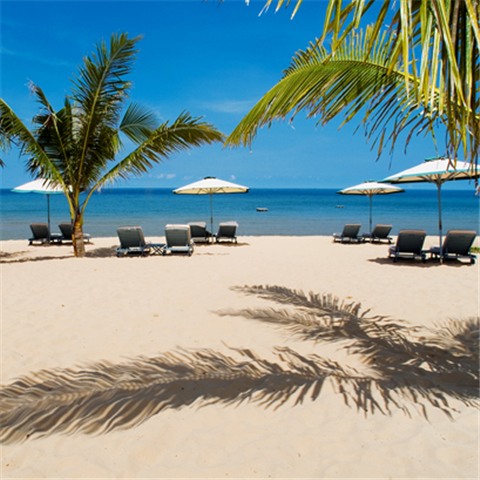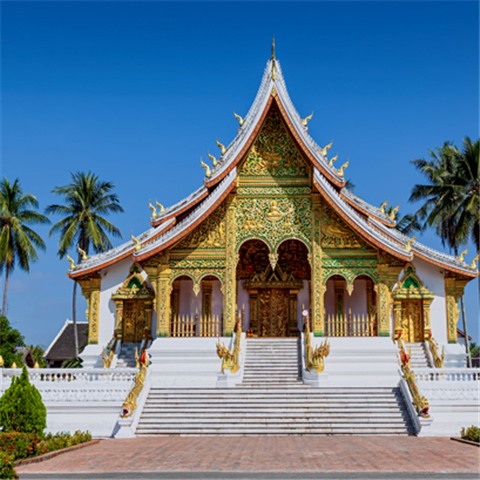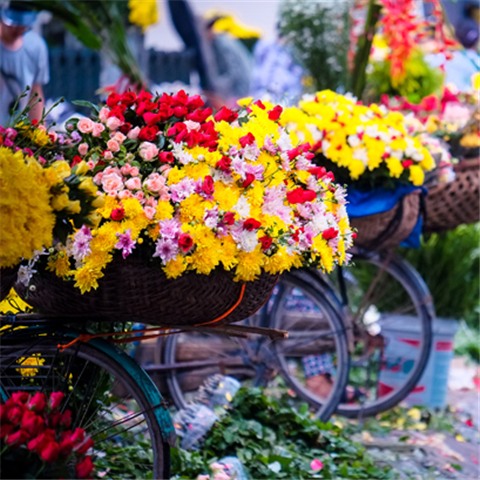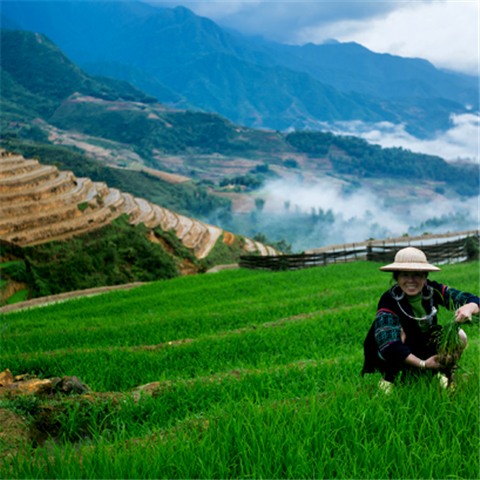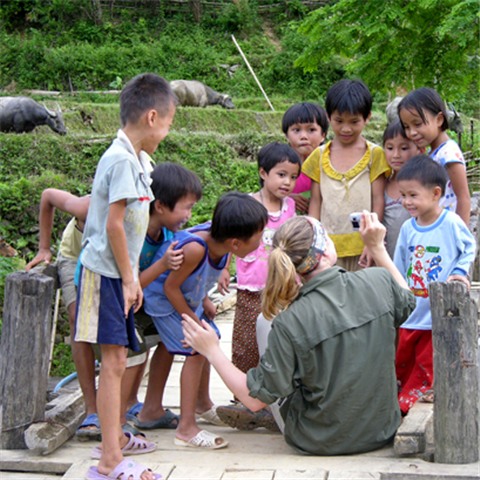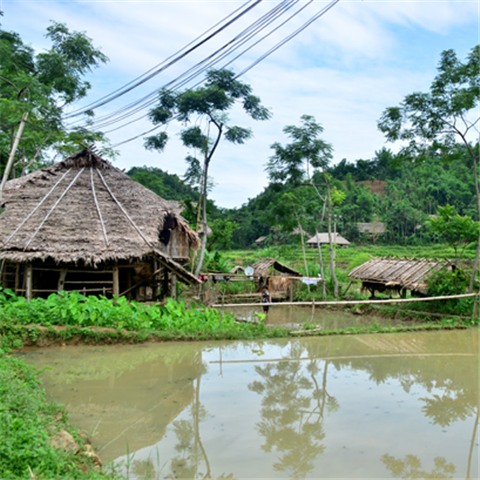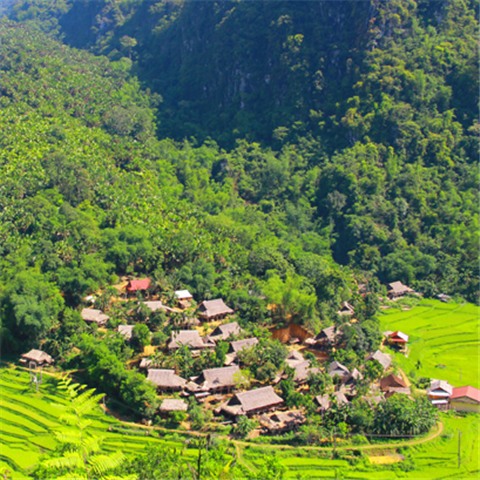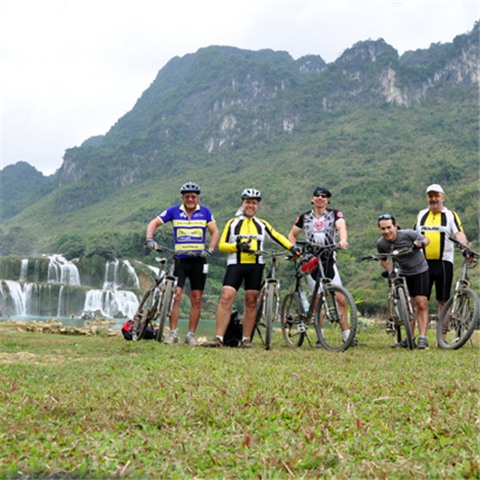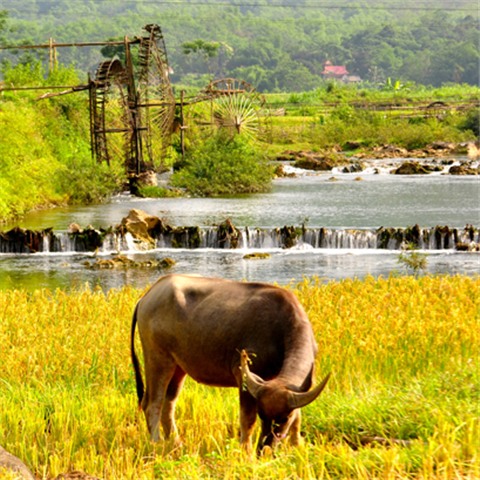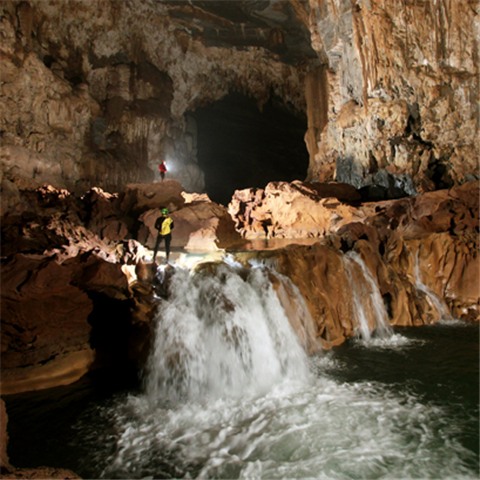Weather
1. Will it be hot and humid in most places?
Northern Vietnam has two distinct seasons - hot and humid summers (vary from 24 to 41 oC) and cool and dry winters (vary from 16 to 23 oC).
Central Vietnam's coastal areas are more temperate than the sticky south (although they do experience heay rainfall), while the Central Highlands are pleasantly cooler. The weather is also hot and reasonably dry from May to September. The monsoon winds then change bringing above average rain during late September.
Southern Vietnam is fairly consistently hot and humid all year round. May to November expect temperatures from 24 - 41 oC, and from December to April, 22 - 33oC.
2. What is the best type of clothing we should bring?
Here is a short checklist of best type of clothing you should bring:
- Shorts and comfortable pants;
- Shirts, t-shirts and maybe some long sleeves shirts (for regions with mosquitos like the Mekong delta);
- Swim suits (for the beaches and Halong Bay);
- Good sandles as well as good shoes if trekking.
Nevertheless, it will really depends on where you travel to, when you plan on travelling, and what you plan on doing. Please note that the weather can be very cold during the winter in the Northern Vietnam (Nov to Mar) and quite cool in the central highlands (Dalat). You will need to bring a good jacket along for this time of the year, the avarage temperature is about 15 oC, but can get as cold as 3 oC.
Tip: Do not worry if you do not pack enough clothes or forget something. There are plenty of clothing markets with good prices at almost every destinations in Vietnam.
3. When is the best time to travel Vietnam?
Vietnam stretches over 1,800km up the eastern coast of the Indochina peninsula and has various climates throughout the region.
Winter season lasts from November to April in the North with temperatures averaging 16 oC. The rest of the year is considered summertime with heavy rainfalls and occasional storms.
The rainy season lasts from May to October in the South. However, it rarely rains the whole day. It gets dry after rainfall as quickly as it comes. The dry season is generally from November to April.
The central parts of Vietnam are affected by the South West monsoon season coming from Laos during May.
June experiences a muggy heat and sometimes produces typhoons and tropical storms.
During November and December there is sometimes long lasting rains. Despite of this fact the months of November and December are constantly considered the peak period for incoming tourists.
January and February are still occasionally cloudy and rainy.
The best time for a long Vietnam tour from North to South would be from January till April. For those who wish beach holidays can come to enjoy warm water and sunshine in the central coast during summer time - from May to October.
4. What is it this like to travel in monsoon season; will it cause trouble for us?
During the monsoon season (usually between June, July and August) some heavy rain affects the North. Not so much in the South of Vietnam. Typically, clouds come just suddenly with strong winds and make the sky dark. The rain pours down from 1 to 2 hours then leaves the air cool and fresh with the sun shinning. At times there is minor flooding in places like Hanoi however, it is not serious and usually subsides in a matter of minues.
You will enjoy less people traveling at this time, and might get some discounts for your Vietnam tours and services. Be aware however, as you might get stuck somewhere (never more than a couple of days) due to the hard rains and typhoons.
Some short tours to the North and South are recommended but we need to take the weather into account. We strongly recommend spending extra time in Central Vietnam for a beach holiday during the monsoon season. The magnificent coral sand beaches and great sites like Hue, Hoi An, and My Son are fantastic areas to visit.
5. How hot is that in the summer?
The temperature in Vietnam is high. The annual average temperatures range from 22 oC to 27 oC. However, the average temperature is different in every place.
In Hanoi the average temperature is 23 oC. During summer time it can reach up to 35 oC or more.
In Ho Chi Minh City 26 oC is the average, and summer will vary from 30 – 35 oC.
In Hue and Danang the temperature is around 29 – 36 oC.
Some places like Dalat and Sapa have a maximum temperature of 20 oC in the summer, with temperatures dropping, on accoasion, as low as 0 oC.
6. How cold can it get in the winter?
Actually, it can get cold. The winter temperatures in the North fall the lowest in December and January. In the Northern mountainous regions such as Sa Pa, Moc Chau, Son La, Tam Dao and Hoang Lien Son, the temperature can sometimes get down to 0°C with snow.
During the days, in the areas where it is very cold, you will be more than likely be trekking or walking, so the cold is not too much of a problem, and actually pleasant. It is at night, when the sun goes down, that you will appreciate the warm sweater and long underwear that you brought with you. Remember to try and leave you cotton clothes at home during this time.
All of the other places in Vietnam (Hanoi, Halong Bay, Danang, Saigon) have very mild weather in the winter. With clear days and cool nights, travel in Vietnam is pleasant and weather is rarely an issue.
Tip: Most hotel air conditioners are also heaters if you need a little extra heat.
ready for an adventure with us
Here are the nominees



